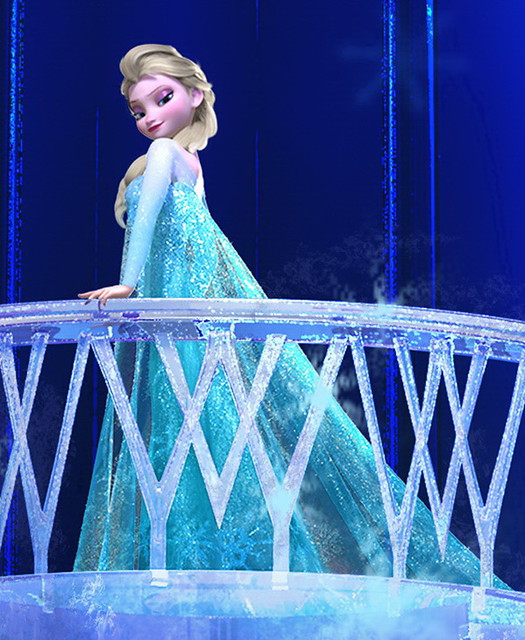The Azaire pattern comes with a detailed instruction booklet which includes size charts (sizes 8 to 18), fabric requirements, body and finished garment measurements, fabric and cutting layouts and very helpful diagrams illustrating the sewing instructions.
I sewed the Azaire dress (wore it to a wedding) and had an excellent pattern-testing experience particularly as the end result is a dress that I love wearing.
Though my measurements fall between 12 and 14, the "Finished Garment Measurements" included with the pattern indicate that the Azaire has a loose silhouette so I chose to sew size 12.
I enjoyed the whole process of testing this dress. My choice of fabric wasn't the best, being transparent! This meant I had to add an extra lining to the centre front and back of the dress.
The details of this dress allow for customisation and mixing different fabrics to highlight the style lines. It has a curved yoke, boat neckline, hi-low peplum, two sleeve options and front and back seams for fitting. Initially I wondered if the silhouette was too loose, but the style lines mean that the dress and top can be easily fitted. After testing the pattern, I fitted the dress more at my waist by sewing curves on the front style lines.
The pattern includes short petal sleeves on the dress and these are probably the most complicated aspect of the pattern. The sleeves are lined and overlapped so there are four layers of fabric to keep under control. The instructions for the sleeves are detailed and easy to follow. My only suggestion would be to muslin or fit the sleeves as I found them narrow-fitting. My 'strong' upper arms from heaving lifting in my previous nursing career means that I often have to take account of this!!
The pattern pieces all fit together perfectly and I was particularly pleased with how neatly I was able to match the back seams at the invisible zip.
It was such a joy to test the Azaire and I would love to pass a little of that on.
Just comment below with a way to contact you by email and I'll randomly pick a name next next Monday Oct 3rd. I will post anywhere in the world.
Pin It Now!


















































